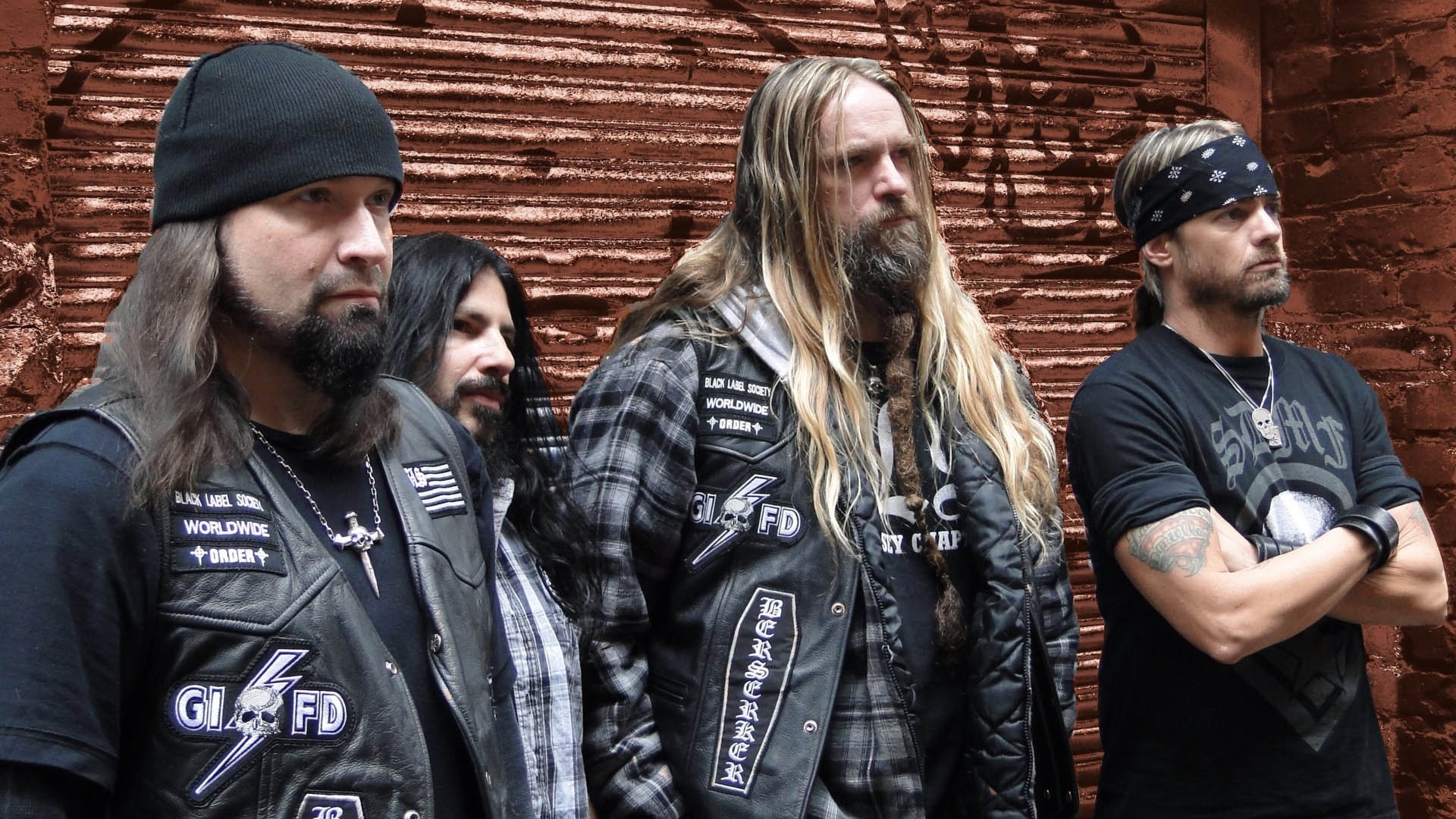The art of heavy metal music


If you’ve ever found yourself up at 4a.m.- clicking your way down the musical rabbit hole that is YouTube, you’re not alone. Chances are, you’ve come across an artist or two whose work never got the attention it deserved.
Maybe they didn’t market themselves right. Maybe they were ahead of their time. Maybe they just never aspired to stand center stage and feel the electricity in the smoky air of a venue packed wall-to-wall and hear the crowd scream their own words back at them.
Or maybe, they pushed their stylistic boundaries into territory where most pop culture consumers dare not follow.
The Black Dahlia Murder are four words most people would be shocked to see in someone’s browser history, let alone on their Spotify playlist. But if you find yourself inclined towards the darker, heavier end of the musical spectrum, those four words are something special.
Last week, Kitchener was offered the opportunity to get up close and personal with the Michigan-based metal band when they took the stage at Elements alongside guitar legend Zakk Wylde’s band, Black Label Society.
To local metalheads, Elements became hallowed ground for a few short hours, graced by the presence of some of the most accomplished and globally revered artists in the genre. But for most of the Tri-City area, it was just another quiet Monday night.
Metal isn’t everyone’s cup of tea. For all the artistry and skill involved in writing, recording and performing it, it can be difficult for the average listener to get past the sonic ferocity characteristic of what many refer to as heavy music, “screamo,” or metal; but metal is a broad concept. It can’t be defined by a single sound or artist.
Since its genesis in the late 1960’s with the emergence of bands like Black Sabbath and Judas Priest, metal has maintained a fluid yet distinct character, identified by sound, attitude and aesthetic style.
Its elements and culture have evolved and worked their way into other genres of like hardcore, punk and progressive music. To the unseasoned or unwilling ear, however, it’s all the same.
Metal is polarizing. The vocals are often a combination of a singer’s raw emotion and natural voice driven to its breaking point. The guitar tones are low and distorted, creating a sound with more in common with a chainsaw than a musical instrument. The drums are played at blistering speed with an aggression not often seen in a heavyweight boxing match. When these combine, they give way to a sound unlike any other.
The result scares away mainstream consumers with the same wildness that attracts the die-hard fans who pay hard-earned money to risk life and limb in the mosh pit just to spend a few precious minutes basking in its aura.
For those of you who don’t know what a mosh pit is, imagine Hollywood’s take on Medieval war, minus the weapons, armor and horses. The pit is the physical manifestation of the music being played. While the tamer fans gather around the edges of the room, the space in the middle becomes a battleground of flying bodies feeding off the artist’s energy.
Flailing elbows meet unsuspecting faces. Sometimes you’re the elbow. Others, you’re the face. This is accepted by fans as par for the course, but so is the unwritten rule that when you go down, someone will always pick you up and dust you off before diving back into the fray.
It’s a raw expression of self, brought on by a sound that is unbound by the expectations of mainstream society, and upheld by a unique sense of community and belonging most metalheads will only ever feel at a show. This is what everyone who lined up on King Street came to Elements in search of, and they got what they were looking for.
Metal is hard and heavy. It’s what you won’t find at a country concert. It’s being different and loving it. It’s the band that gets up to play a show to 10 kids while 200 more went to see the pop show next door. It’s the kid posting a picture of them with that same underpaid and underplayed band, knowing it’s not worth anything to anyone else, and being stoked anyway.
The artists don’t do it for the money, and the fans don’t do it for the social currency. There’s none of either in metal anyway. And they would all turn up to venues like Elements every night of the week just for the chance to do it all over again.


